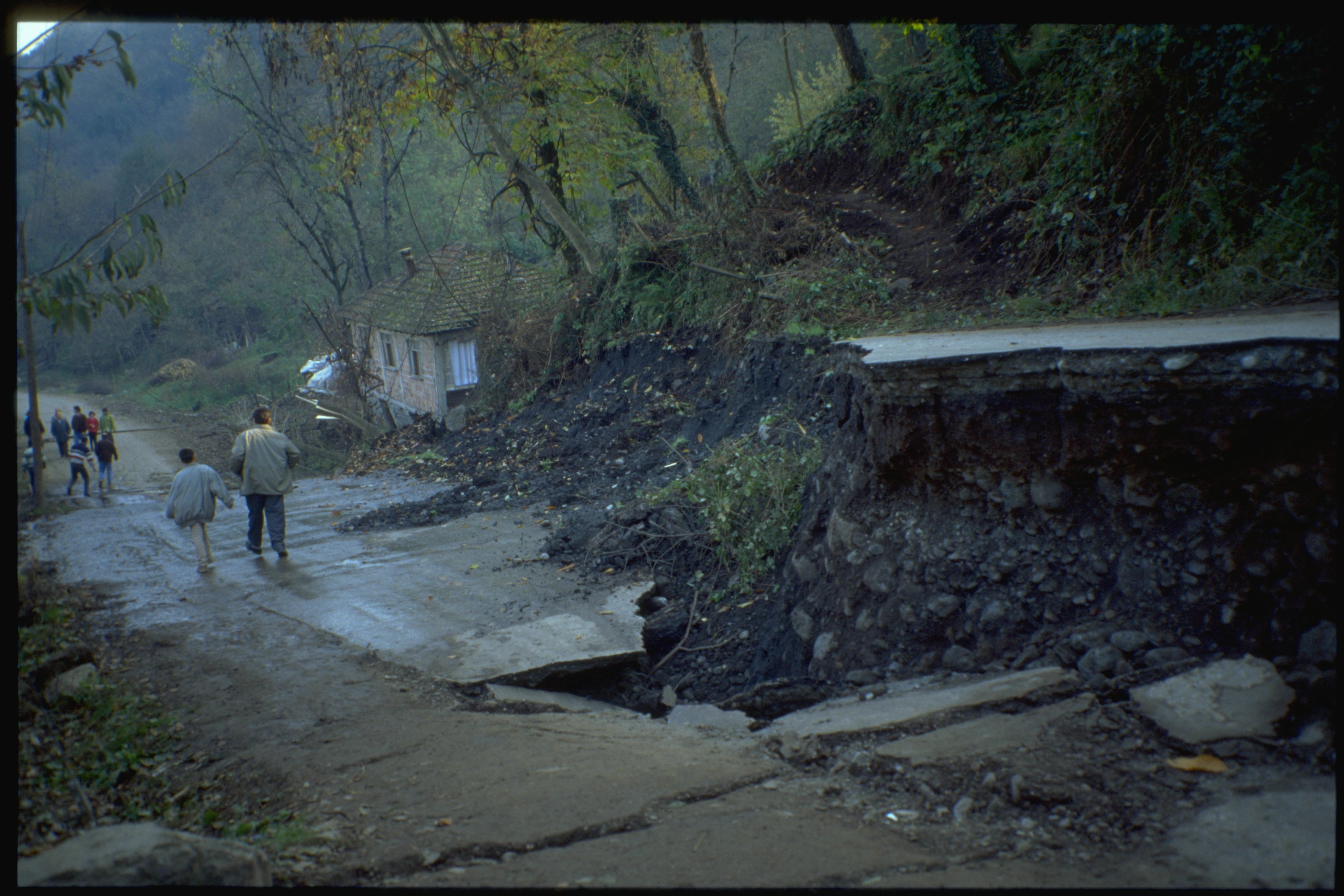All Categories
Featured
Table of Contents
Working As A Geophysicist And Oceanographer In Canada in Karrinyup WA 2020

(PREM)., and the limits in between layers of the mantle are constant with phase shifts.

This makes plate tectonics possible. Schematic of Earth's magnetosphere. The solar wind Circulations from left to. If a world's magnetic field is strong enough, its interaction with the solar wind forms a magnetosphere. Early space probes drawn up the gross dimensions of the Earth's magnetic field, which extends about 10 Earth radii towards the Sun.
Inside the magnetosphere, there are fairly dense regions of solar wind particles called the Van Allen radiation belts. Geophysical measurements are generally at a particular time and place.
Geophysics Definition & Meaning in Bedfordale WA 2023
, combines huge collaborates and the regional gravity vector to get geodetic collaborates. This approach just provides the position in two collaborates and is more difficult to use than GPS.
Gravity measurements ended up being part of geodesy since they were needed to related measurements at the surface of the Earth to the reference coordinate system.
Satellites in area have made it possible to gather data from not just the visible light region, however in other locations of the electromagnetic spectrum. The worlds can be identified by their force fields: gravity and their electromagnetic fields, which are studied through geophysics and space physics. Measuring the modifications in acceleration experienced by spacecraft as they orbit has actually allowed great details of the gravity fields of the planets to be mapped.
What Is Geophysics? in Armadale Aus 2023

Because geophysics is worried with the shape of the Earth, and by extension the mapping of features around and in the planet, geophysical measurements include high precision GPS measurements. These measurements are processed to increase their accuracy through differential GPS processing. When the geophysical measurements have actually been processed and inverted, the analyzed outcomes are plotted using GIS.
Numerous geophysics companies have developed internal geophysics programs that pre-date Arc, GIS and Geo, Soft in order to fulfill the visualization requirements of a geophysical dataset. Exploration geophysics is applied geophysics that typically uses remote picking up platforms such as; satellites, airplane, ships, boats, rovers, drones, borehole sensing equipment, and seismic receivers.
For example, aeromagnetic information (aircraft collected magnetic information) gathered utilizing conventional fixed-wing airplane platforms must be fixed for electro-magnetic eddy currents that are developed as the aircraft moves through Earth's electromagnetic field. There are likewise corrections connected to changes in measured potential field intensity as the Earth turns, as the Earth orbits the Sun, and as the moon orbits the Earth.
Geophysical Survey - Salisbury Archaeology in Coolbinia Western Australia 2022
Signal processing involves the correction of time-series data for unwanted noise or errors presented by the measurement platform, such as airplane vibrations in gravity data. It likewise involves the reduction of sources of noise, such as diurnal corrections in magnetic data. In seismic information, electromagnetic information, and gravity data, processing continues after error corrections to include computational geophysics which result in the final interpretation of the geophysical data into a geological analysis of the geophysical measurements Geophysics became a different discipline only in the 19th century, from the crossway of physical location, geology, astronomy, meteorology, and physics.
The magnetic compass existed in China back as far as the fourth century BC. It was utilized as much for feng shui when it comes to navigation on land. It was not up until excellent steel needles might be created that compasses were utilized for navigation at sea; prior to that, they might not keep their magnetism long enough to be helpful.
By looking at which of 8 toads had the ball, one could determine the instructions of the earthquake.'s (1600 ), a report of a series of meticulous experiments in magnetism.
Recent Advances In Optimized Geophysical Survey Design in Marmion Aus 2023
Geochemistry, Geophysics, Geosystems. National Aeronautics and Space Administration. Retrieved 13 November 2018.
Runcorn, S.K, (editor-in-chief), 1967, International dictionary of geophysics:. Pergamon, Oxford, 2 volumes, 1,728 pp., 730 fig Geophysics, 1970, Encyclopaedia Britannica, Vol. Intro to seismology (Second ed.).
Table of Contents
Latest Posts
What Are Geophysical Surveys & Why Do They Matter in Parkwood WA 2023
Geophysical Methods in Merriwa Western Australia 2021
Geophysicist: Job Description, Duties And Requirements in Western Australia 2022
More
Latest Posts
What Are Geophysical Surveys & Why Do They Matter in Parkwood WA 2023
Geophysical Methods in Merriwa Western Australia 2021
Geophysicist: Job Description, Duties And Requirements in Western Australia 2022